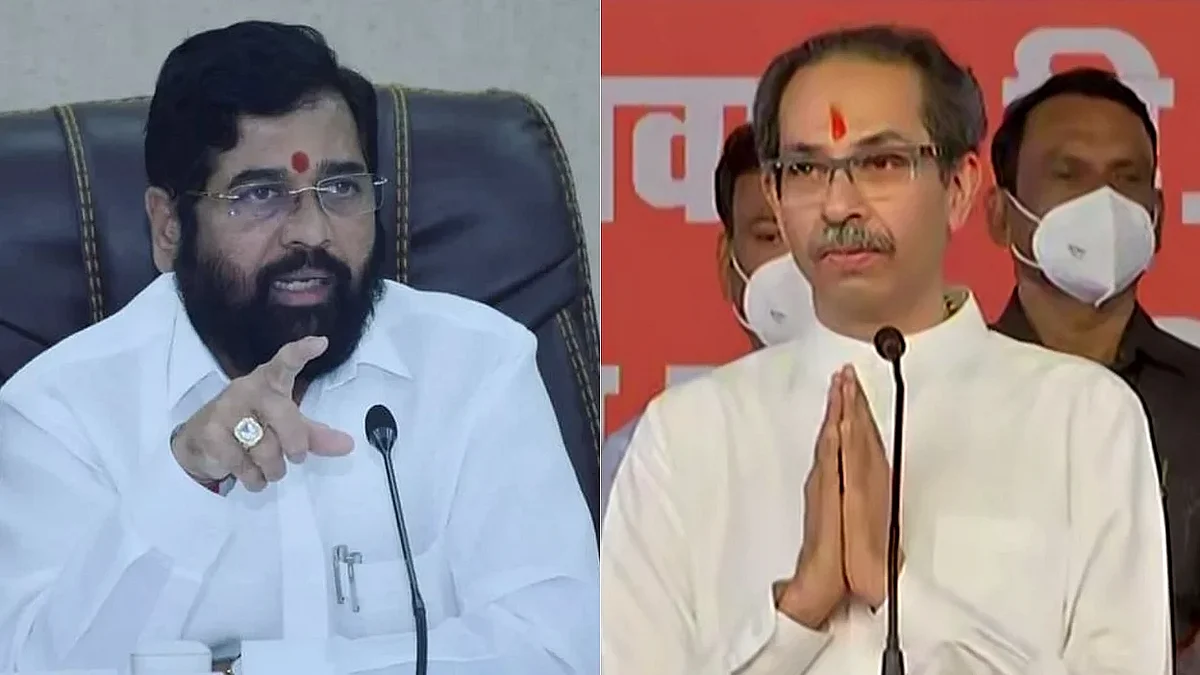On Tuesday, after Aam Aadmi Party leader Sanjay Singh attacked the Centre over a now-viral section of the recruitment application for the Indian army that asks for caste and religion certificates, claiming this was being done for the first time in Indian history, Defence Minister Rajnath Singh issued a clarification, stating that this was not true.
"It's just a rumour. Earlier system, existing since pre-independence era, is going on. No change has been made. Old system is being continued," said the defence minister.
The Centre has come under sharp criticism from the Opposition over a now-viral section of the recruitment application that asks for caste and religion certificates.
Sanjay Singh, a Rajya Sabha MP and AAP's in-charge for Uttar Pradesh, said the "rotten face of the Modi government has been exposed".
He shared a screenshot of the Indian Army recruitment application, highlighting the section where it asks candidates to furnish caste and religion certificates, asking if PM Modi doesn't consider Dalits, backwards, and tribal people capable of joining the army.
Government sources refuted Singh's allegations, pointing out that this system has existed since the British era.
Post-independence, it was formalised in 1949 through a Special Army Order, they said, adding that the Modi government hasn't changed anything and is just following the established Indian Army procedure being followed for more than seven decades.
The Army brushed off the allegations and said, “Requirement for aspirants to submit caste certificates and if required, religion certificates was always there. No change for Agniveer recruitment scheme has been made in this regard.”
“Religion is also required for performing last rites as per religious rituals for recruits who die during training and soldiers who die in harness,” the Army said.
In 2013, the Army had told the Supreme Court that it was just for administrative and operational requirements and had no role in the selection process.
Indian Army's Regimental System Dates Back To British-era
The British moulded the British Indian army somewhat on the pattern of British and European land forces. Ethnic groups like the Sikhs, Rajputs, Kumaonis, Garhwalis, Gurkhas, Dogras, Assamese were recruited into infantry battalions which were part of regiments deriving their names from these ethnic groups and communities.
Thus, the various infantry regiments are rooted in an identity based on ethnicity and geographical grouping together of soldiers from similar backgrounds and who speak the same or similar language or dialects.
In a multi lingual and multi cultural country like India, this composition seeks to arrive at a workable system. The names of the Regiments are not to be mixed with or mistaken for the political divisions and boundaries of various states of the union of India.
A better understanding of the regimental system, with a class composition spreading across different states and its all-powerful impact and effect on the soldier, is amply illustrated by a few examples.
The Punjab Regiment draws its troops from the states of Punjab, Himachal, J&K and Haryana, yet the over-arching identity of these soldiers is “Punjabis”.
The Madras regiment is populated by recruits from Tamil Nadu, Kerala, Karnataka, Andhra and Telangana, yet their collective identity is “Madrasis”.
Similarly, the Bihar Regiment is populated not only by troops from the state of Bihar but also from Jharkhand and Orissa.
This is a fine point whose subtlety has to be understood in the right perspective and not mixed up with the narrow understanding of political identities based on regional and sub-regional boundaries and linguistic identities.
(To receive our E-paper on whatsapp daily, please click here. To receive it on Telegram, please click here. We permit sharing of the paper's PDF on WhatsApp and other social media platforms.)





